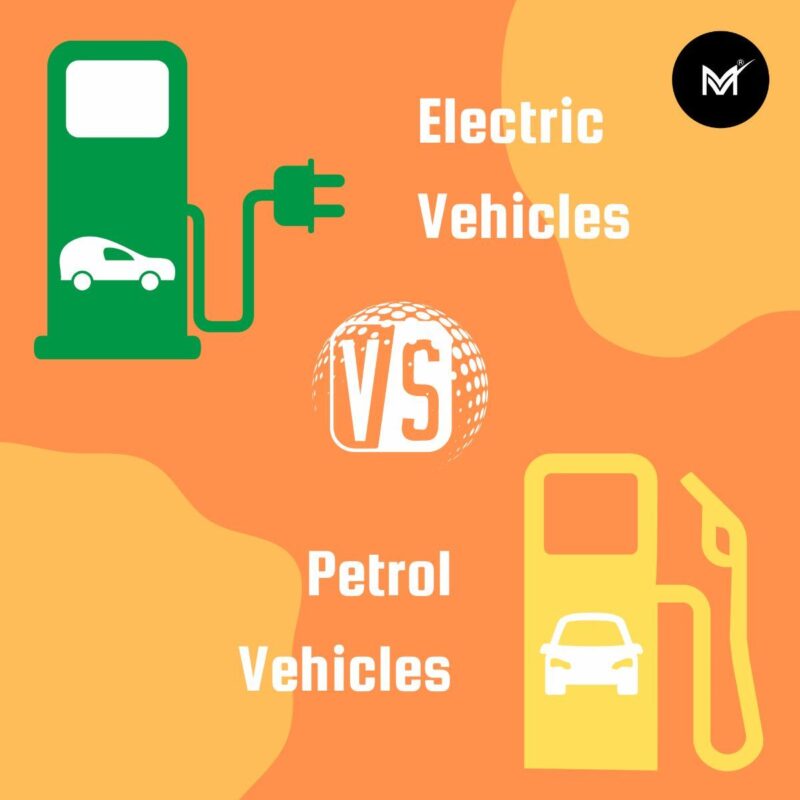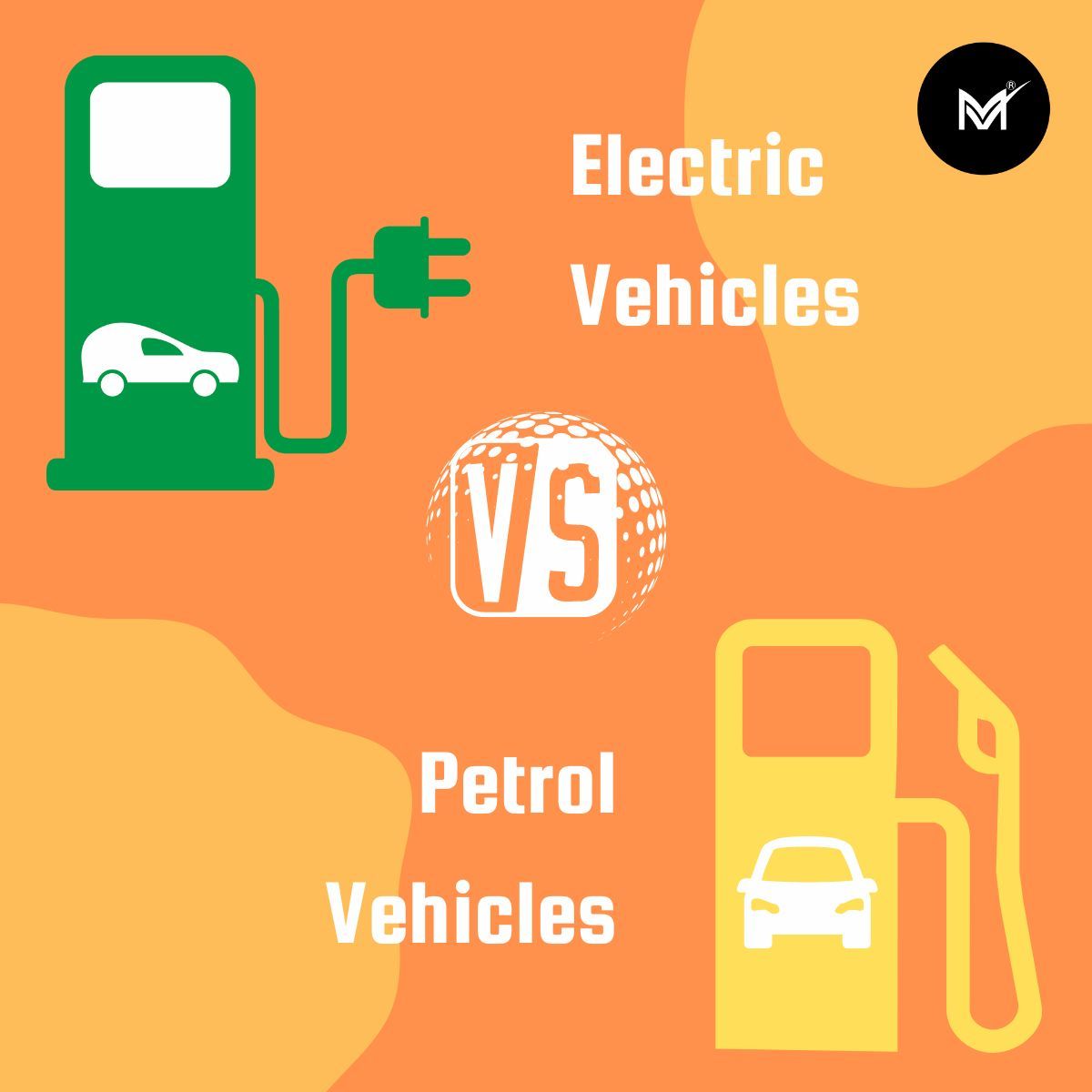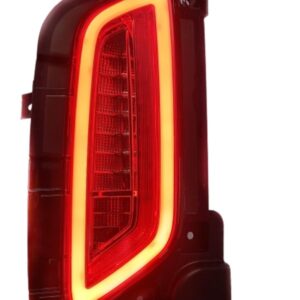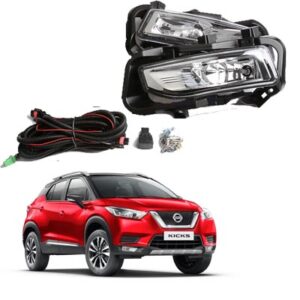🚗🔋 The transition of the automotive industry especially petrol vehicles is currently in progress due to the increased adoption of electric vehicle (EVs). These EVs cars that are environmentally friendly compared to the conventional petrol based cars offer a hope of a future with less carbon emissions and better technology. However, the notion that EVs will replace petrol vehicles is too generic. Consequently, it is probable that several years in the future the market will consist of both EVs and petrol vehicles catering to various specific niches in the vast spectrum of automobile business.
Visit our online or offline store for modification segment, where we upgrade regular and premium cars headlight and taillight for better performance and looks.

The Evolution of the Automobile Industry
The automobile industry has been on a revolution over the last century from the advent of internal combustion engines to the relevancy of hybrid and fully electric vehicles. Now EV are in spotlight as innovation, they are acclaimed for their environmental impacts and technology. However, certain factors indicate that the presence of petrol vehicle will still remain popular in the market.
Infrastructure: A Critical Factor
Firstly, why the petrol vehicles are still going to be relevant. It is enough to mention the fact that the global infrastructure is already designed to support these vehicles massively. There are millions of petrol stations that are established globally and they makes the process of refuelling quite easy. In contrast, the shift to EV-only system requires an investment in charging infrastructure and upgrades to the electric grid in the millions of dollars. However, what has been observed is that the number of charging stations is on the rise but the rate of expansion is not the same in all geographical areas. However, it is crucial to note that rural regions and the developing countries as a whole may have difficulties in creating the necessary infrastructure for the wide use of EVs.
Range and Refuelling Time: The Competitive Edge of Petrol Vehicles
One of the reasons why there is increased preference towards the continued use of the petrol vehicles is due to their longer range as well as the less time taken to refuel. A major drawback of most current EV is that their range is considerably inferior to that of their petrol counterparts, which plays a crucial role in long distance and business use. For example, long-haul trucking that entails steady and ongoing transport may prove more advantageous with petrol or diesel engines given their versatility in terms of range and quick refuelling. Although, some improvements have been made to make EV batteries more competitive this gap will continue to be closed over time and not compete directly with the ease & efficiency of petrol vehicles.
Cost Considerations: Affordability Matters
While the cost of EV is gradually coming down, petrol powered cars are still cheaper to manufacture and purchase especially in the developing world. However, the initial cost of EV ownership is high based on the purchase price of the vehicle although this cost is recovered over time through the reduced maintenance costs. However, it is relatively expensive to start and this factor may deter consumers especially in markets that are most sensitive to the price factor. It is also arriving at the realization that the resale value of petrol vehicles is relatively higher and thus offer potential consumers more value for their money in most cases.
Consumer Preference: Perfect Understanding, Routine and Performance
Consumer preference is also an important factor in the continued use of petrol vehicle since consumers usually tend to hang on to their favourite vehicles. P pluses: There are many drivers who prefer such cars because of familiarity and reliability coupled with the performance aspect. Accessibility to quick refueling, great sound and feel of traditional engines, and the highly developed network of service stations and auto repair shops highlight the success of petrol vehicles. Those car owners who prioritize the history of petrol engines and the performance aspect are still interested in this segment of the market.
The Evolution of Automobile Accessories to meet Future Needs
With the dynamic shifts in the market surrounding automobiles and vehicles, automobile accessories remain crucial in improving the usability of new age vehicles, including electric cars and vehicles relying on petrol. The automobile accessories are embodiment performance parts, luxury components, safety features, and gadgets and hence the market for such extras is set to increase. Equipment related to EV use; charging stations for at-home use or portable charging equipment or battery management systems will remain prime components of this market. At the same time, classic add-ons such as Tuning Group modifications, mufflers, and interior upgrades will continue to interest the audience that drives petrol automobiles.
Although there has been an inclination towards production of sustainable vehicle, which is not a bad thing but a middle ground between fully depended on electric vehicles and petrol vehicles might look more achievable. Criteria such as environmental impact demonstrate that the use of EVs has several advantages, especially in terms of low emissions of greenhouse gases and low oil consumption. These are perfect for short daily rides, using it as a single means of transport in urban trips and regions with a well-established network of recharging stations. However, the petrol vehicles offer aspects such as, reliability, more distance and fast recharge ability which makes it ideal for long distance, country area and those areas where there are limited charging points.
The General Policies of Government and the Industry Development
Regional and global politics will also determine the availability and future of different means of transport as well as the trends in the transport industry. Most countries are planning for the achievement of EV usage and a ban on petrol-powered vehicles. Tax credits, rebates, as well as subsidies have been used in order to convince consumers about the need to shift to the use of electric vehicles. Further, the improvement in battery technology, increased manufacturing rates, and increased scale of production are expected to bring down even the price of EVs.
B seven traditional auto manufacturers are putting a lot of money into EV vehicle development, with many of them ramping up their electric car production. investments and partnerships between governments, utility companies and leading tech companies are perpetuating efforts towards the advancement of smart grids, renewable energy integration and new charging systems. These initiatives will go along way in helping in implementing the changes towards a more stable and sustainable transport system.
Conclusion:
Competition in the automobile industry can therefore be referred to as coexistence because no single company is dominant in the industry.
The future of transportation likely will be continuing production of both EVs and petrol vehicles because they will fill the differing demands of buyers. Despite the fact that EVs may be expected to foster more popularity because of their advantages connected with environmental protection and innovative developments, petrol vehicles will remain topical as far as their range, refill convenience, competitive prices and consumers’ preferences are concerned. Through a diverse strategy and continued progress in infrastructure, batteries, and policies, both forms of automotive will become valuable parts of the sustainable and efficient transport network.
All in all, it can be stated that the automobile industry will have significant changes in the coming future due to EVs and the existence of petrol vehicles. It will result in stimulating innovation in technologies, addressing customer demand heterogeneity and promoting balanced development of transport in the future. While in this transitional phase the aim would have to be to achieve the best of both worlds, i.e., to fully harness the positives of both, EVs and petrol vehicles, in an effort to create a cleaner and more efficient automotive sector.
Follow us on instagram for more updates on automobile accessories and fitment support.





